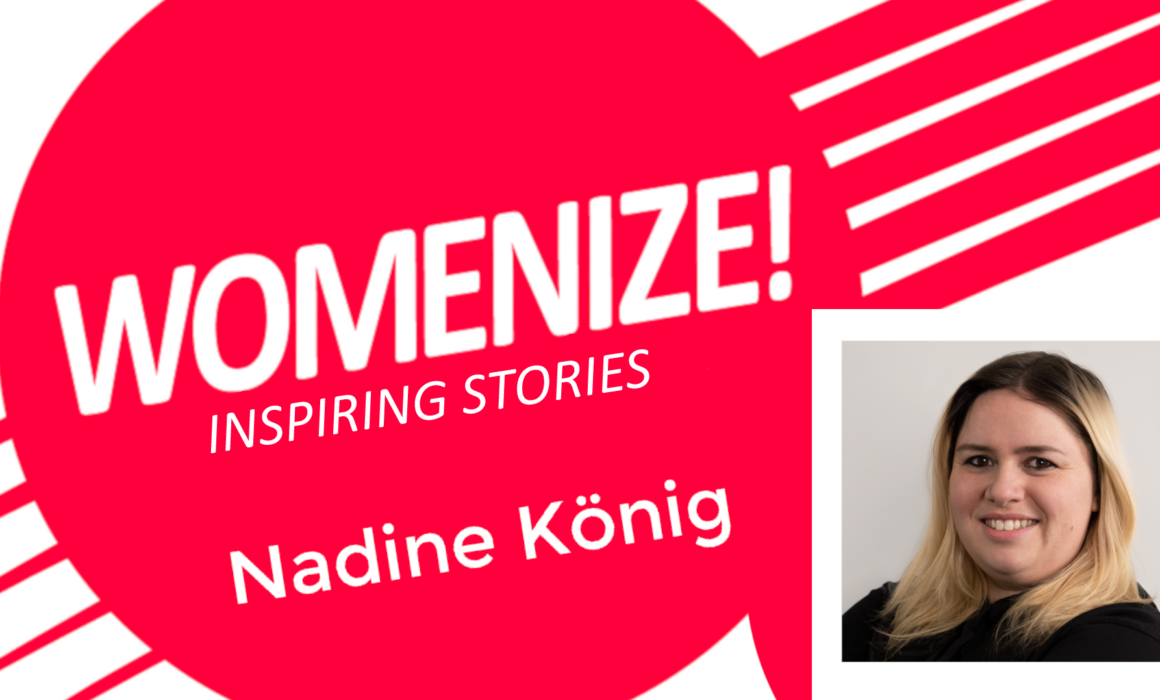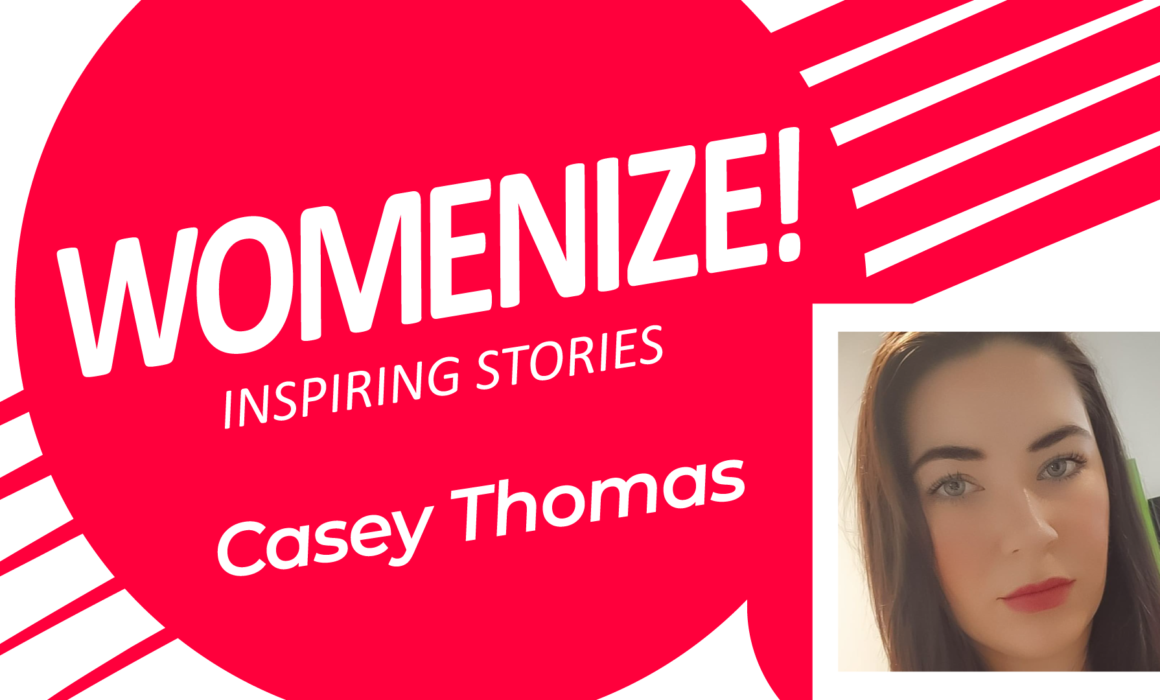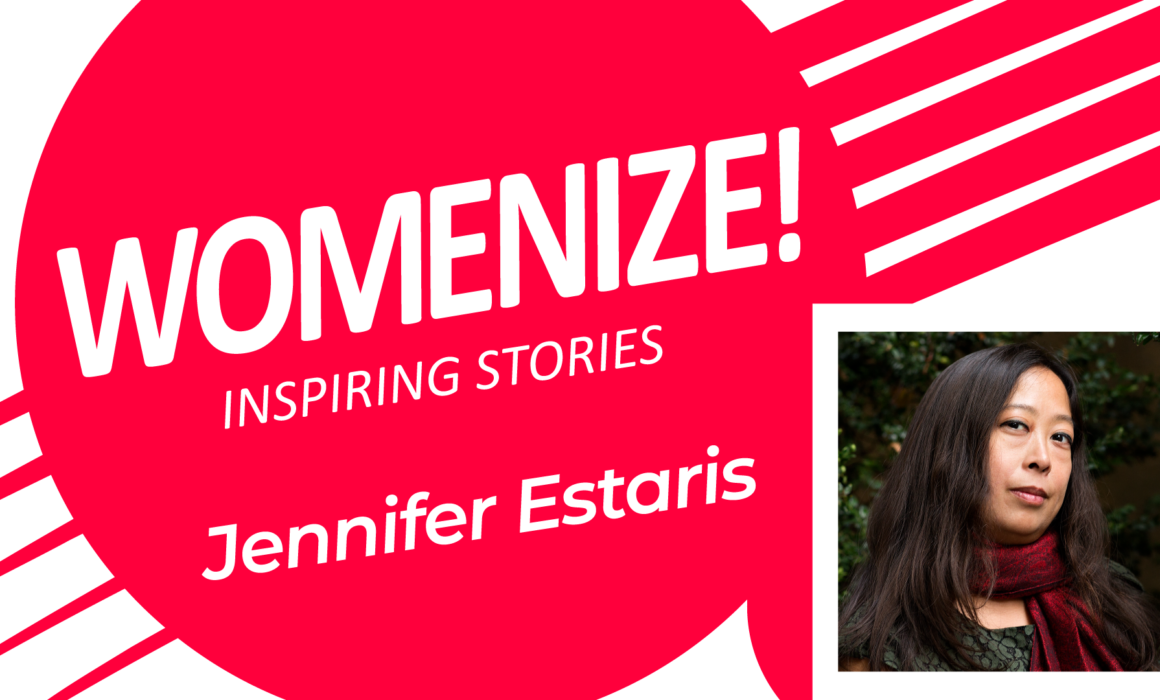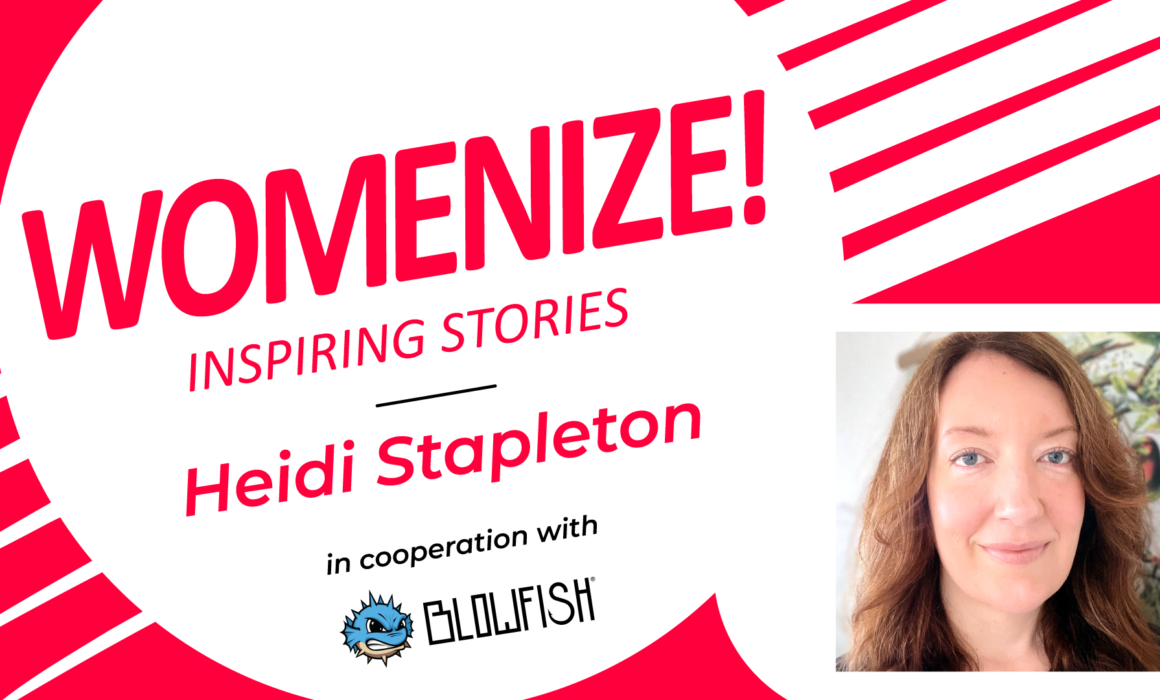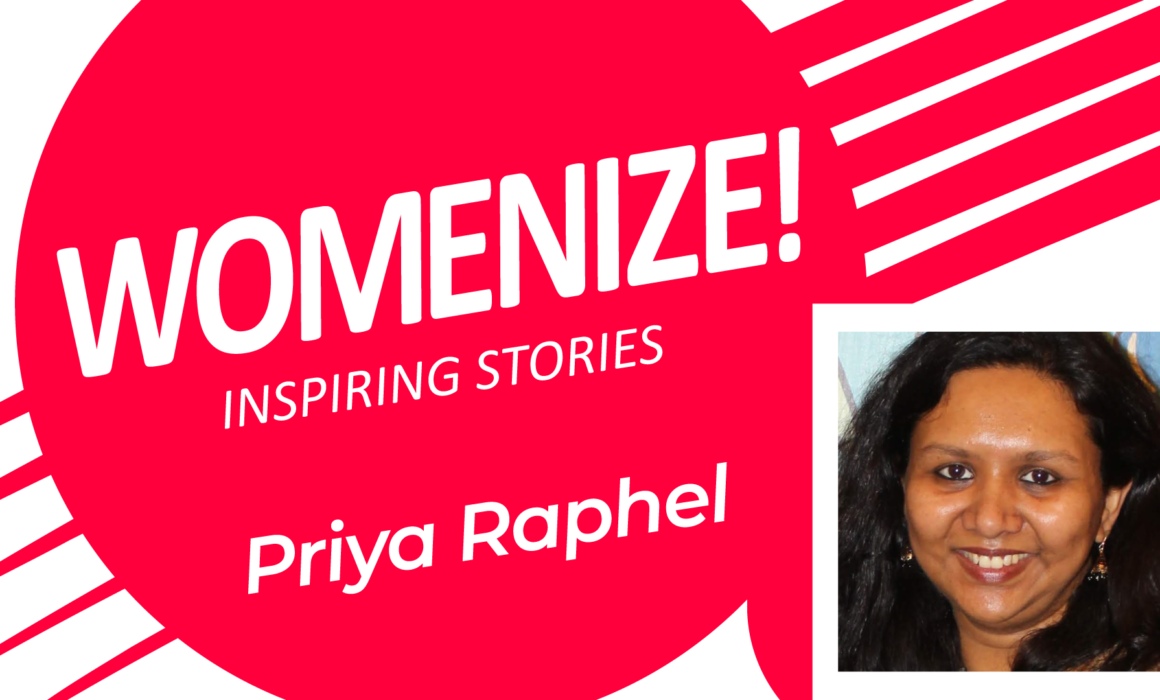Monika Michalak – Womenize! – Inspiring Stories
Womenize! – Inspiring Stories is our weekly series featuring inspirational women from games and tech. For this edition we talked to Monika Michalak, CEO at 8bit. She speaks about key insights of her role as CEO and reflects on how her educational background in archaeology and psychology enriched her recruitment approach. Read more about Monika in this interview:
Hi Monika! Could you share some of the key insights you’ve gained from your experience as CEO of 8Bit, and how did running a global recruitment company for game developers influence your approach to talent acquisition and management in the gaming industry?
My main takeaways are:
Act quickly: It’s essential to take action promptly. Perfect operational processes matter less than swift actions. Clients appreciate rapid responses and the whole team being fully engaged when necessary.
Avoid bureaucracy: Nothing dampens enthusiasm more than bureaucracy and drawn-out processes. While structure is essential, it’s crucial to remain flexible, adapting to market shifts and the unique needs of each client.
Smaller studios vs. large corporations: Collaborating with smaller studios (of up to 50 people) tends to be more straightforward than with vast corporations bogged down by lengthy decision-making chains.
Streamlined recruitment: I always emphasize to clients that a prolonged recruitment process increases the risk of losing exceptional candidates. Speeding up the process doesn’t mean compromising on quality.
Your journey from studying Archaeology and Psychology to working in the games industry is fascinating. How do you think these disciplines have enriched your understanding of human behavior and relationships in the workplace, and how do you apply this knowledge to HR and recruitment?
Before transitioning into recruitment, I worked on archaeological excavations at cemeteries and also with individuals battling drug addiction. I’ve interacted with a diverse range of people throughout these experiences. I believe it’s challenging to catch me off guard or surprise me. I thrive on change and momentum. I’m comfortable amid chaos, and sudden shifts don’t unsettle me. The varied experiences I’ve had before entering recruitment have equipped me to adapt quickly to changes, whether on a personal or professional level.
Your career path has taken you to various countries and cultures, from Poland to China and beyond. How have these international experiences influenced your perspective on HR, recruitment, and fostering talent within the gaming industry, and what valuable lessons have you learned along the way?
I had the privilege of beginning my game development recruitment career in China, where I collaborated with individuals from various countries and cultures. I’m convinced that there’s no one-size-fits-all approach in HR and recruitment. Flexibility is paramount. It’s essential to tailor your communication and management style to an individual’s age, background, culture, and so forth. The notion of “common sense” or a universal understanding doesn’t always hold true; it’s crucial to clarify expectations and ensure alignment with both internal teams and clients.
Thanks for this interview, Monika!
Monika’s links: LinkedIn
Womenize! – Inspiring Stories Feature by Madeleine Egger





